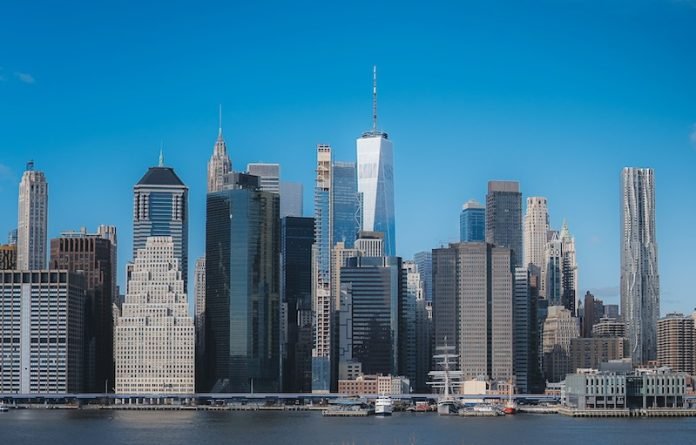
Researchers at the NYU Tandon School of Engineering have shed new light on how safe New York City is compared to other cities across the United States.
Their study, which looks at gun-related homicides, ownership, and the availability of licensed gun sellers in over 800 cities, finds that New York City is among the top 15% safest.
This challenges common perceptions and highlights the city’s effective measures against gun violence.
Unlike what many might expect, the study revealed that the number of gun homicides, the prevalence of gun ownership, and the availability of licensed gun sellers do not increase directly with the size of a city’s population.
The relationships between these factors are more complex, not fitting into a simple pattern.
To better understand these dynamics, the researchers introduced a new tool called Scale-Adjusted Metropolitan Indicators (SAMIs).
This approach adjusts for the size of the population, allowing for a fairer comparison between cities of varying sizes. It also provides a clearer picture of how firearm violence, ownership, and accessibility interact.
The common approach of comparing cities based on per capita rates of gun violence can be misleading, according to Maurizio Porfiri, the study’s senior author.
SAMI analysis reveals that some larger cities, which might appear more dangerous due to higher per capita rates of gun violence, are actually making significant strides in curbing gun-related harms compared to smaller cities.
The data analysis covered cities with populations ranging from 20 million to 10,000. It showed that gun violence and robberies tend to cluster more in larger cities, while gun ownership is less common per capita in these urban areas.
This suggests that the concentration of people and the disparities in income in bigger cities might be contributing factors to the higher rates of gun violence.
The study also supports the idea that fear of violence prompts people to buy guns for self-protection, especially as homicide rates increase.
Interestingly, smaller cities tend to have easier access to licensed gun sellers, which could explain higher rates of gun ownership in these areas.
New York City’s low per capita homicide rates, when adjusted for its size and gun ecosystem, suggest it’s faring much better in preventing homicides than might be expected. This places it ahead of the country’s ten largest metropolitan areas in terms of safety.
This research not only offers a new way to evaluate the effectiveness of local policies aimed at reducing shootings but also plans to extend these insights globally.
By understanding the complex dynamics that shape cities around the world, the team hopes to contribute to making urban areas safer for everyone.
This pioneering study is part of ongoing research by Porfiri and his team into the “firearm ecosystem” in the United States, exploring the motivations behind gun purchases, state-by-state ownership trends, and the factors influencing gun-related violence.
The research findings can be found in Nature Cities.
Copyright © 2024 Knowridge Science Report. All rights reserved.



